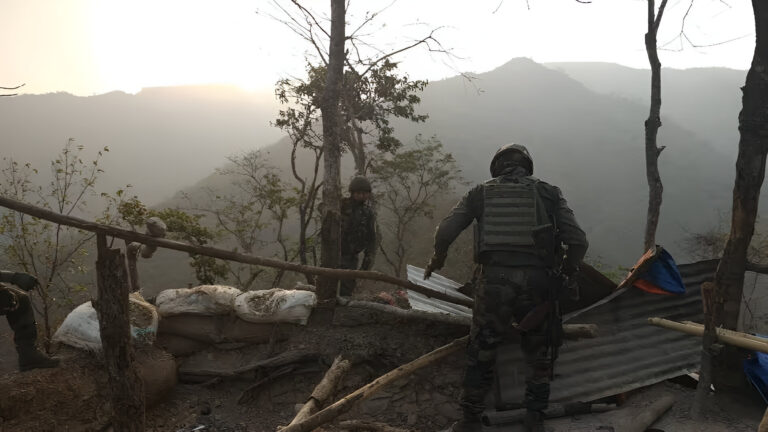Manipur Solar Dream: Lighting Remote Hills and Loktak’s Floating Hamlets
Summary
On August 17, 2025, a PTI-syndicated report highlighted how Seth Moirangthem—an entrepreneur from Imphal East—through his startup SNL Energy Solutions Ltd, is delivering affordable, off-grid solar power to remote hill villages and the island communities of Loktak Lake in Manipur. Despite frequent highway blockades and disruptions, SNL’s local partner network installs everything from 40-watt home lighting kits to 1-kilowatt livelihood systems on easy EMI plans, with support from NGOs and microfinance groups. Health centers like Jessami PHC now rely on quiet solar backup instead of diesel, while households report safer nights and better study hours for children. State power officials acknowledge solar is a lifeline for off-grid households, and SNL plans to expand to Assam and Nagaland next.
What’s Really Happening (And Why It Matters)
If you’ve ever watched the sun slip behind Manipur’s hills, you know how quickly darkness settles in. For decades, nightfall meant kerosene lamps, early bedtimes, and power cuts that stretched on like the mountain roads themselves. Now, an off-grid solar revolution is quietly (literally) changing that script—lighting homes, powering sewing machines and looms, and keeping vaccines cold without the roar and fumes of a diesel generator.
At the heart of this shift is SNL Energy Solutions, a Manipur-born enterprise led by Seth Moirangthem. SNL brings practical solar solutions to places where the grid is patchy or physically hard to reach—think Ukhrul, Tamenglong, Senapati in the hills and the phumdi (floating) settlements of Loktak Lake. The idea is simple: pair reliable technology with friendly financing and local partnerships, so families can get lights today instead of waiting years for grid perfection. It’s an energy access story that doubles as a livelihoods story—more working hours, safer homes, better learning conditions, and peaceful nights.
Meet the Changemaker: Seth Moirangthem
Seth isn’t a solar engineer by origin; he’s an Arts graduate from Manipur University who saw a gap on long trips through the hills and decided to bridge it. He trained with the SELCO Foundation, a well-known ecosystem builder in decentralized renewable energy (DRE), then set up SNL to serve communities that the grid struggles to serve. The approach leans on local partners, last-mile logistics, and patient, service-oriented sales—think listening tours, not just product pitches.
Where the Lights Matter Most: From Hill Villages to Floating Islands
A big chunk of SNL’s impact sits in places where terrain dictates everything. Ukhrul and Tamenglong are lush, mountainous, and often distant from urban service hubs. Senapati adds its own mix of remoteness and scattered habitations. And then there’s Loktak Lake—a Ramsar-listed wetland famous for its phumdis (floating islands) and Keibul Lamjao National Park, the world’s only floating national park, home to the endangered sangai deer. Many fisher families here live in phumshang (floating huts), making conventional electrification a logistical puzzle. Solar, with its modular, roof-top, stand-alone DNA, fits perfectly.
Lessons From Loktak: Energy on Water
Electrifying floating settlements is as much sociology as it is engineering. Systems must be compact, corrosion-aware, and maintenance-friendly. Charging protocols need to reflect fishing schedules. Wire routing and panel mounting demand extra care in windy, wet conditions. The payoff? Nights that are brighter and safer, with charging points for radios and phones that connect fishers to markets and weather alerts—and, yes, to cricket scores. Loktak’s global ecological significance (Ramsar site; Keibul Lamjao National Park) also means sustainability practices must be handled with sensitivity.
FAQs
1) How long does a typical home solar kit last in these conditions?
Most quality LED lights run for years; panels have 20-25-year lifespans; batteries are the consumable (often 3–6 years, depending on type and care). Good charge controllers and proper usage maximize life.
2) Can a 40-watt system run a sewing machine?
Not reliably. 40W is great for lighting and phone charging. For sewing machines or looms, you’ll need ~1kW (or more), along with proper inverters and wiring sized for the load.
3) What if deliveries get delayed due to blockades?
Solid last-mile enterprises communicate timelines, stage buffer stock, and reschedule installations transparently. This is where partnering with local technicians and SHGs keeps trust intact
4) Are there subsidies available for these systems?
Availability changes by scheme and time. In Manipur, subsidies typically run via MSPDCL/MNRE-aligned programs and empaneled vendors; always check current guidelines before purchase. (Policies evolve, so verify locally.)
5) What makes Loktak different from other rural sites?
Homes on floating phumdis demand extra-care mounting, corrosion-aware components, and maintenance routines suited to wet, windy conditions. The lake is ecologically sensitive, so systems must be installed responsibly.





